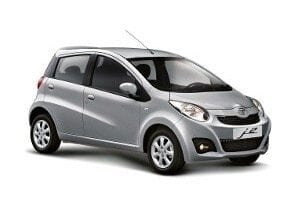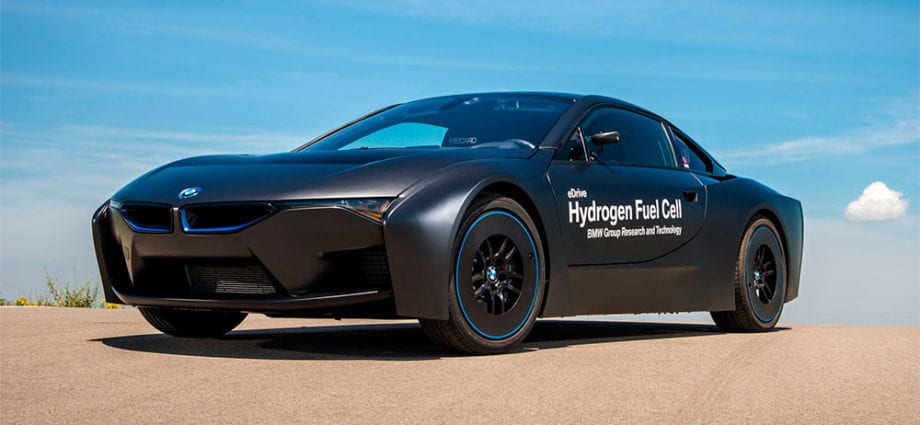
Why did BMW replace the hydrogen engine with fuel cells?
Content
BMW sees hydrogen as a promising technology in the large car segment and will produce the BMW X2022 with small fuel cells in 5. This information was confirmed by the vice president of the German company for hydrogen technologies, Dr. Jürgen Guldner.
Many other manufacturers, such as Daimler, have recently phased out the use of hydrogen in passenger cars and are only developing it as a solution for trucks and buses.
Interview with company representatives
In a video press conference, journalists from leading auto magazines asked a number of questions about the future of hydrogen engines in the company's vision. Here are some of the thoughts that came up in this online meeting held at the beginning of the quarantine.
“We believe in the right to choose,” explains Klaus Fröhlich, member of the BMW Research Council. “When asked what kind of drive will be needed today, no one can give the same answer for all regions of the world … We expect different drives to exist in parallel for a long time. We need flexibility."
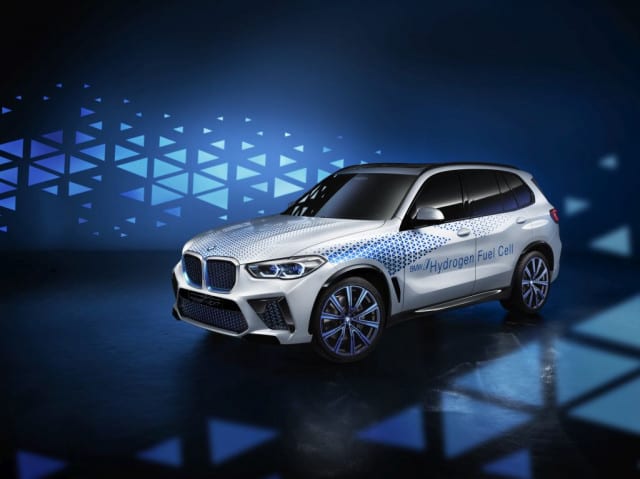
According to Fröhlich, the future of small city cars in Europe lies with battery-powered electric vehicles. But for larger models, hydrogen is a good solution.
First hydrogen developments
BMW has been developing hydrogen drive since 1979 with the first prototype of the 520h and then launched several test models in the 1990s.
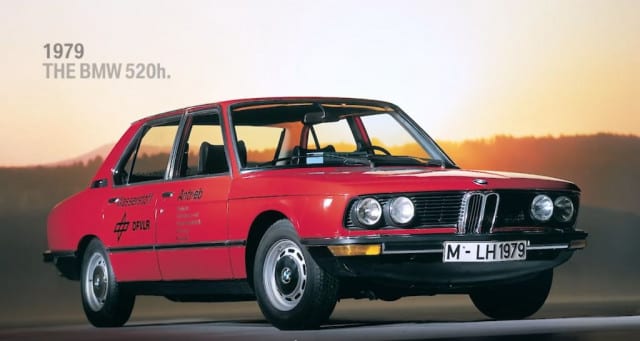
However, they used liquid hydrogen fired in a classic internal combustion engine. The company then radically changed its strategy and, since 2013, has been developing hydrogen fuel cell vehicles (FCEV) in partnership with Toyota.
Why did you change your approach?
According to Dr. Gouldner, there are two reasons for this revaluation:
- First, the liquid hydrogen system still has the traditionally low efficiency of internal combustion engines - only 20-30%, while the efficiency of fuel cells is from 50 to 60%.
- Second, liquid hydrogen is difficult to store for long periods of time and requires a lot of energy to cool it down. Hydrogen gas is used in fuel cells at 700 bar (70 MPa).
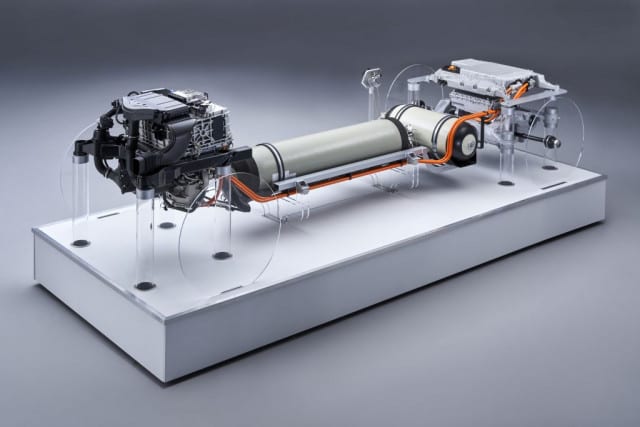
The future BMW i Hydrogen Next will have a 125 kW fuel cell and an electric motor. The total power of the car will be 374 horsepower - enough to keep the driving pleasure promised by the brand.
At the same time, the weight of the fuel cell vehicle will be slightly higher than that of currently available plug-in hybrids (PHEV), but lower than the weight of full electric vehicles (BEV).
Production plans
In 2022, this car will be produced in small series and will not be sold, but will likely be handed over to buyers for real-world testing.
“Conditions such as infrastructure and hydrogen production are still not favorable enough for large series,”said Klaus Fröhlich. After all, the first hydrogen copy will hit showrooms in 2025. By 2030, the company's range may be more of such vehicles.
Dr. Gouldner shared his plans that the infrastructure could grow faster than expected. You will need it for trucks and buses. They cannot use batteries to reduce emissions. A more serious problem concerns the production of hydrogen.

The idea of a "hydrogen economy" is based on its production by electrolysis from renewable sources. However, the process consumes a lot of energy - a production unit of the large FCEV fleet is likely to exceed all available solar and wind power in Europe.
Price is also a factor: Today the electrolysis process costs between $ 4 and $ 6 per kilogram. At the same time, hydrogen obtained from natural gas by the so-called "conversion of steam to methane" costs only about a dollar per kg. However, prices could fall significantly in the coming years, Gouldner said.
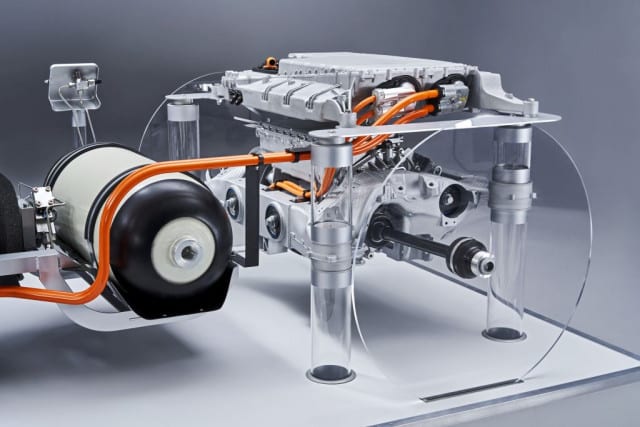
“When using hydrogen as a fuel, there is a significant waste of energy - first you have to produce it from electricity, and then store it, transport it and turn it back into electricity,” –explains the vice president of BMW.
“But these disadvantages are at the same time advantages. Hydrogen can be stored for a long time, for several months, and it can be easily transported using even part of the existing pipelines. It is not a problem to get it in areas where the conditions for renewable energy are very good, such as North Africa, and import it to Europe from there.”
